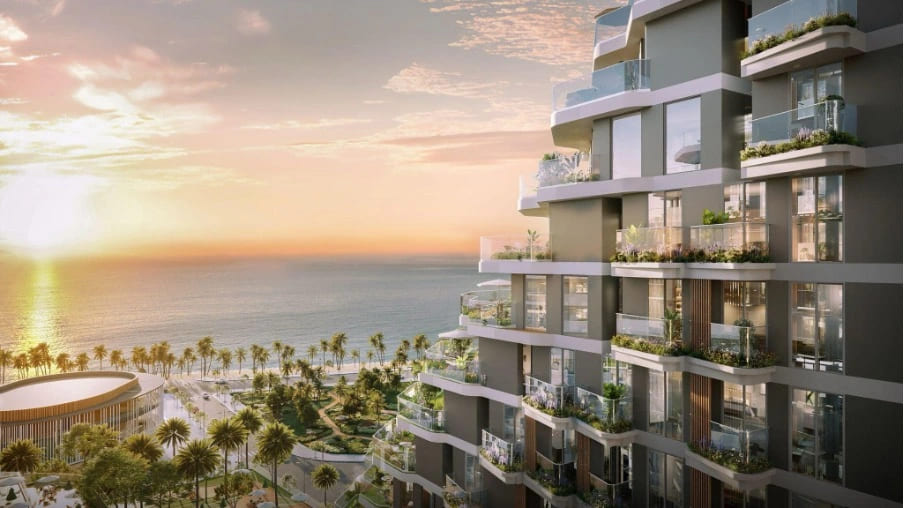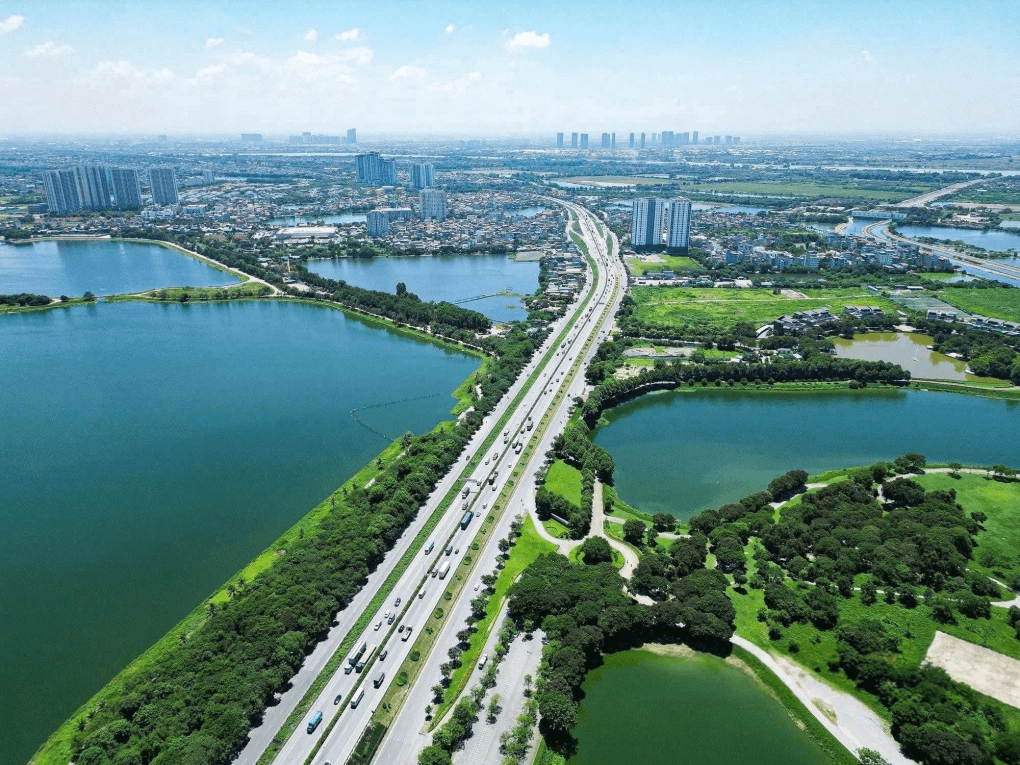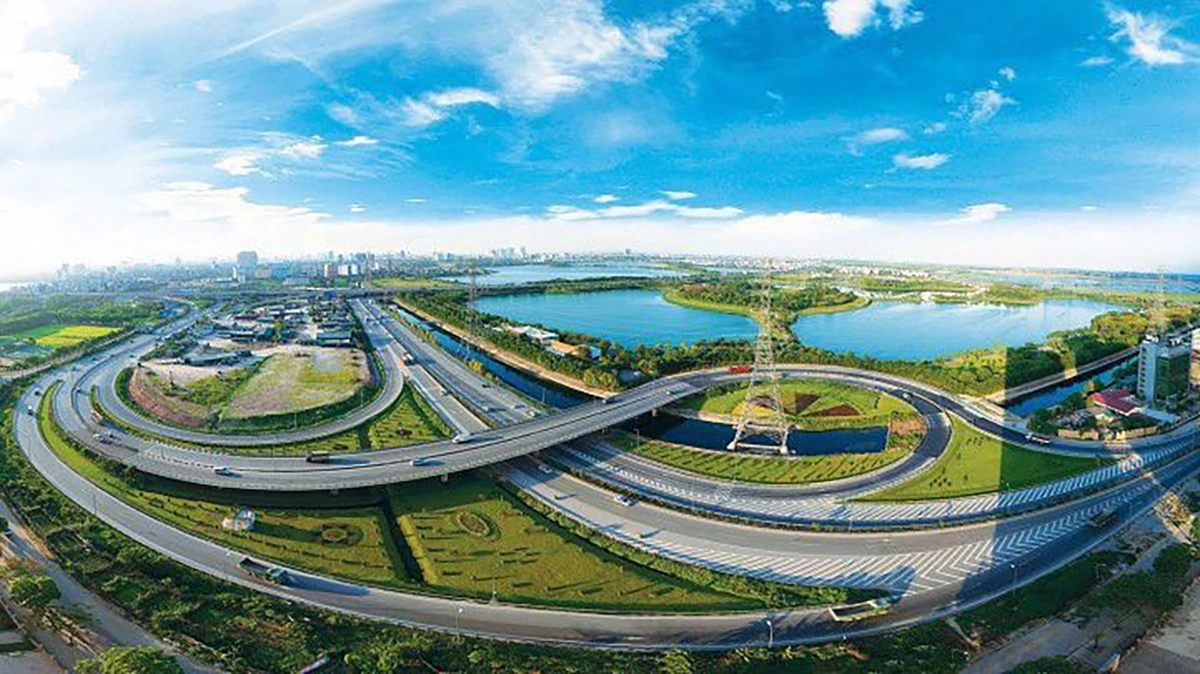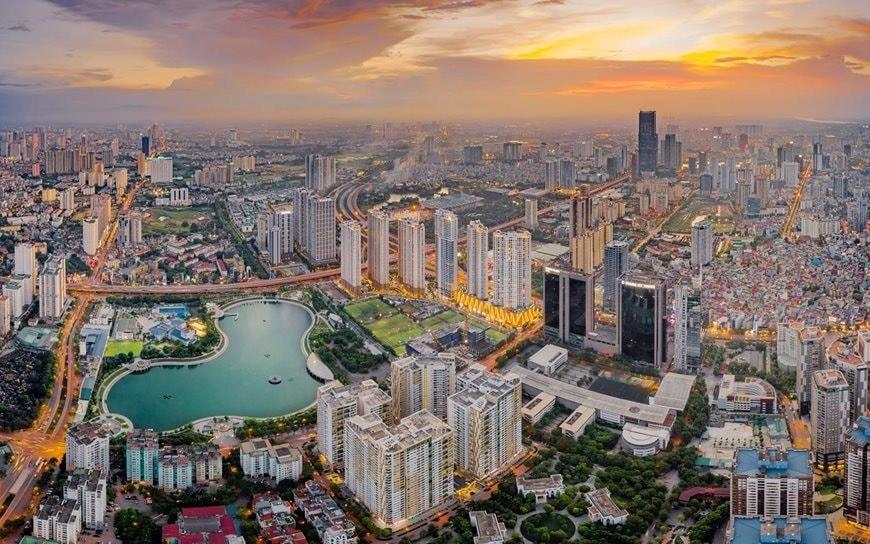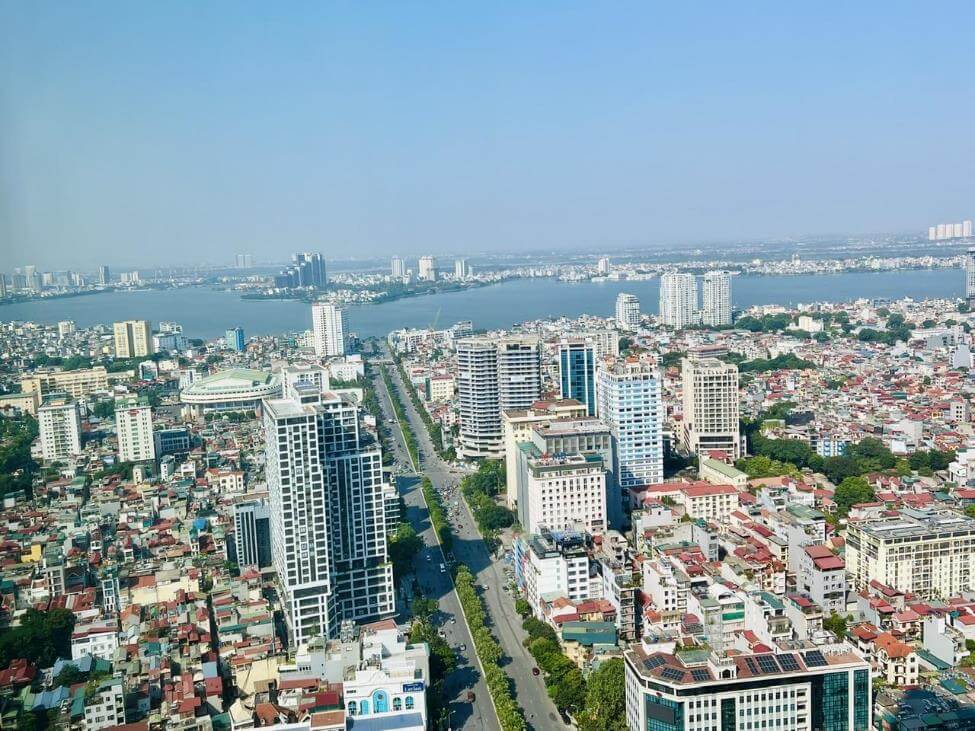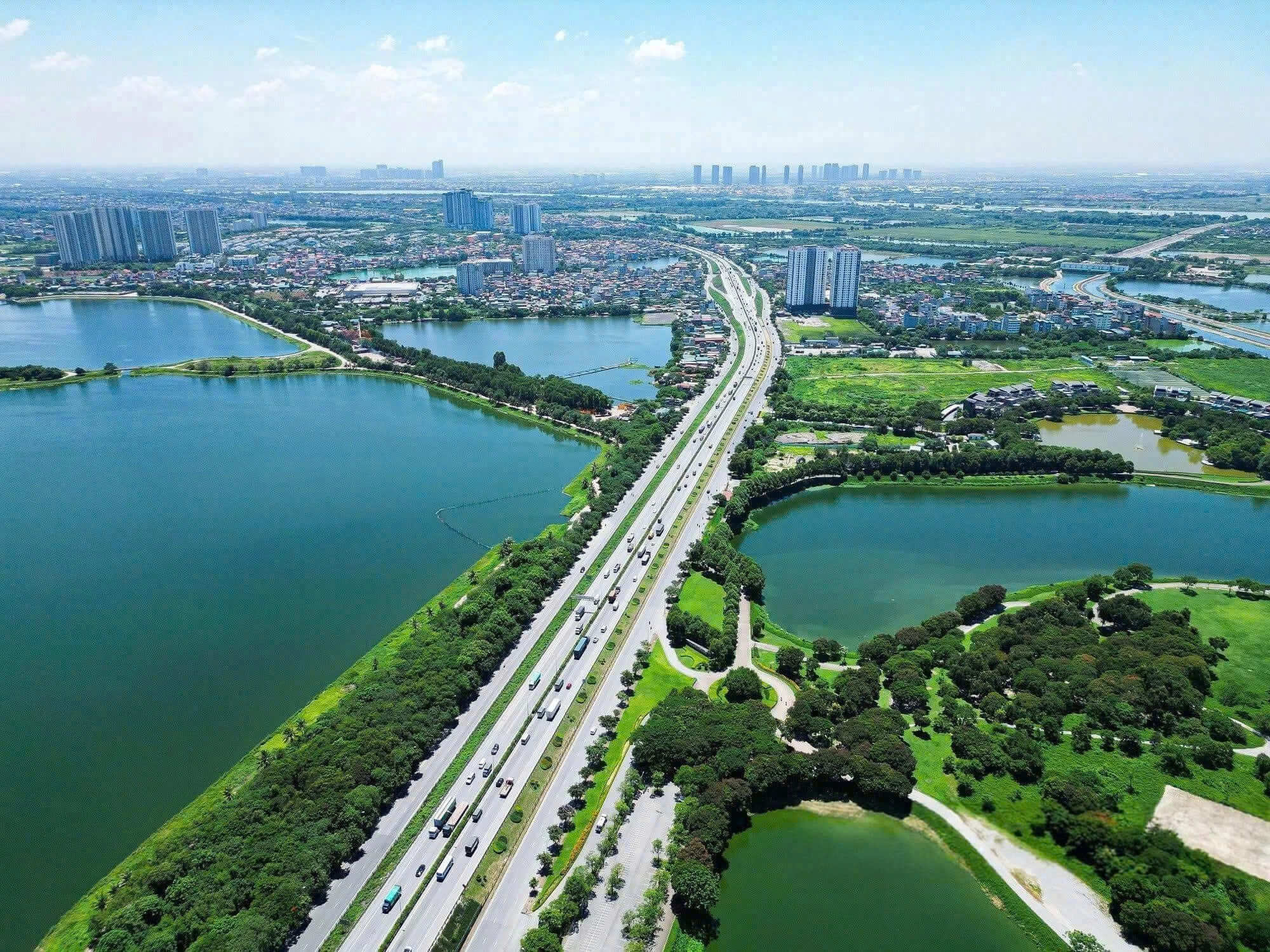The tourism boom is an important catalyst to promote the sublimation of the Phu Quoc real estate market in the new growth cycle.
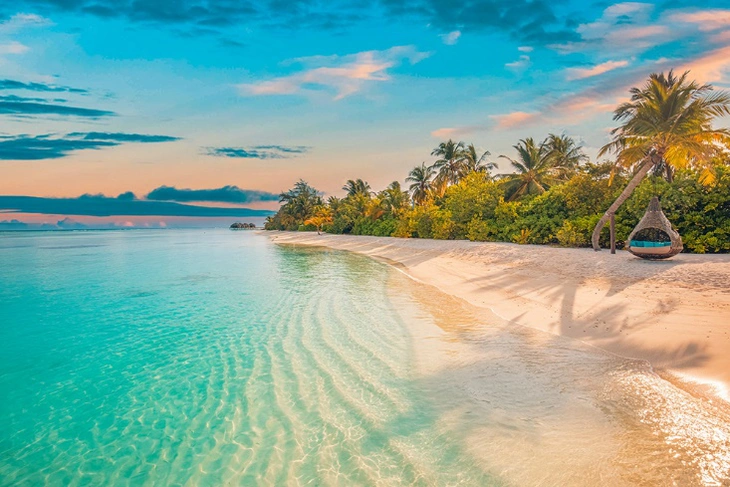
Phu Quoc’s clear blue beach attracts a large number of tourists – Photo: DNCC
Phu Quoc tourism on the rise
Phu Quoc is witnessing a period of tourism growth, rising to become one of the world’s leading destinations. Favored by nature with a 150km long coastline, 22 large and small islands, 99 mountains and more than 63% forest area and temperate climate conditions, Phu Quoc is an ideal resort paradise, captivating tourists from all over the world.
According to statistics, in the first quarter of 2025, Phu Quoc welcomed more than two million visitors, of which the proportion of international visitors continuously increased.
In the first 4 days of the April 30 and May 1 holidays, data from the Kien Giang Department of Tourism showed that the province welcomed more than 268,300 visitors, an increase of 9.7% over the same period; total revenue is estimated at more than VND 831 billion, an increase of 59% over the same period. Of which, international visitors are estimated at more than 22,555, an increase of 10.1% over the same period.
The boom in tourists is directly proportional to the frequency of air travel. According to Aviation A2Z, as of January 2025, Phu Quoc airport has seen remarkable growth with an increase of more than 108,000 seats, equivalent to a growth rate of 185%.
Domestic flights regularly reach high capacity, while new direct international flights to the Pearl Island are continuously opened, connecting Phu Quoc with major tourist centers in Asia.
The growth of Phu Quoc tourism is also contributed by tourism infrastructure. A series of 5-6 star resorts, commercial centers, and international entertainment complexes have come into operation, bringing a modern and classy look to the island city.
In addition, to prepare for hosting the upcoming APEC 2027 summit, Phu Quoc plans to invest more than 300,000 billion VND to develop infrastructure.
A series of key projects have been approved in Decision No. 948/QD-TTg dated May 17, 2025 of the Prime Minister, such as the international airport upgraded to 4E standards, An Thoi international seaport, APEC boulevard, 3,500-seat conference center, and large-scale duty-free zone, which are being urgently implemented, creating a long-term driving force for Phu Quoc tourism, turning the pearl island into a convergence destination for high-class guests, businessmen and international investors.
Phu Quoc being selected to host APEC is also a golden opportunity to put the island city on the international tourism – conference map.
The tourism boom not only brings huge revenue to the locality, but also affects many fields, especially real estate. The sharp increase in the number of guests staying has contributed to raising the accommodation exploitation rate at tourism – resort projects to a high level.
In addition, the continuous investment and upgrading of transport and tourism infrastructure has become a strong driving force for real estate value in Phu Quoc, contributing to increasing inter-regional connectivity, convenient travel and creating conditions for the formation of new urban, resort and commercial areas.
In particular, the investment environment in Phu Quoc is increasingly open and transparent, attracting residents to live and work. The local government continuously has preferential policies on investment, shortens administrative procedures, and at the same time orients Phu Quoc to become an international sea-island economic center, creating solid confidence for domestic and foreign investors.
Phu Quoc real estate welcomes a new wave of investment
With strong resonance factors from tourism, infrastructure and policies, Phu Quoc real estate is entering a new development cycle, promising the potential for increased asset value in the future.
Phu Quoc real estate is rich in potential, but in reality, only projects that fully converge golden factors such as strategic location, high-end products, solid legal status and classy living ecosystem will become focus of attracting new investment capital. Standing out among them is Meypearl Harmony Phu Quoc located in the heart of Meyhomes Capital Phu Quoc.
Owning a unique location on Bai Truong, with a view embracing the beautiful sunrise and sunset, along with a 5-star international-class utility ecosystem, Meypearl Harmony Phu Quoc not only meets the needs of high-class living and resort but is also an attractive and sustainable investment asset.
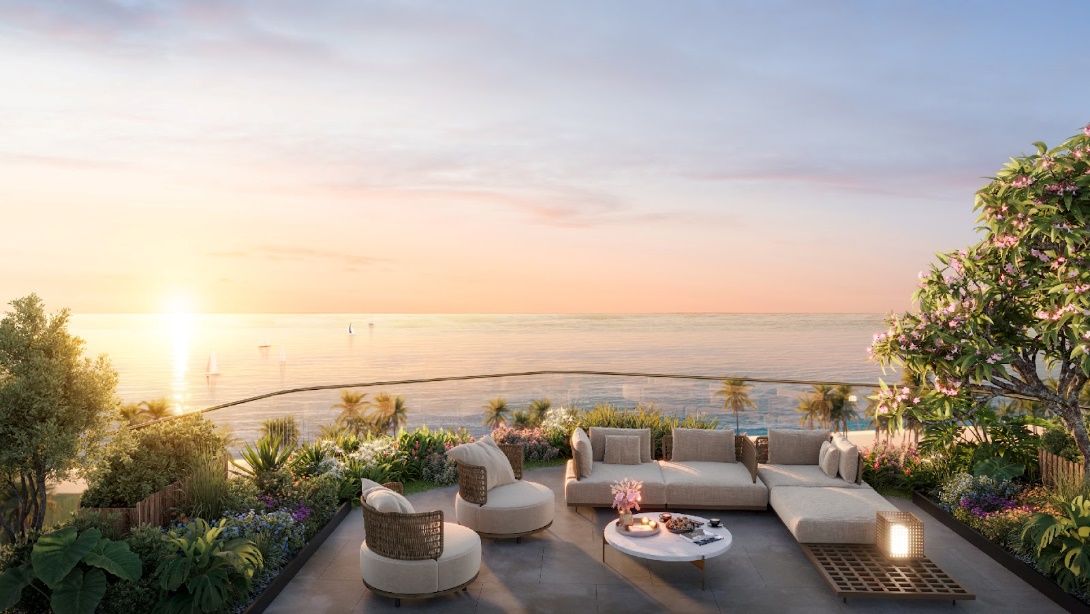
The “million-dollar view” of Phu Quoc beach from the apartment balcony – Photo: DNCC
Each apartment is likened to a “5-star yacht in the heart of the pearl island” with a modern living – working – entertainment ecosystem, directly connected to international hotel chains, private beaches, shopping centers, cultural museums and international golf courses in just a few minutes.
In particular, with the “well-living” standard internal utility system, the project not only meets the high-class accommodation standards for middle-class and upper-class customers but also creates continuous profitable exploitation value, anticipating the demand for long-term accommodation, vacation combined with work (workation) – a booming trend in the international tourism industry.
In the context of Phu Quoc tourism growing impressively at an average rate of 20-30%/year, with the goal of welcoming 14.6 million visitors by 2040, including 8 million international visitors, Meypearl Harmony Phu Quoc is holding an absolute advantage to become a product real estate for both living and profitable investment, and sustainable accumulation over time.
This is not only a place for residents to enjoy an upscale lifestyle amidst majestic nature, but also an “investment passport” for smart investors to take the lead in the long-term growth wave of the future international island city.


